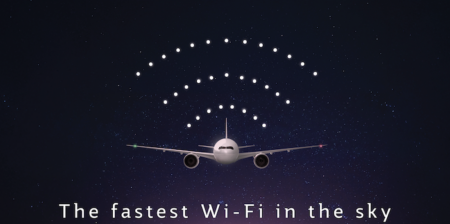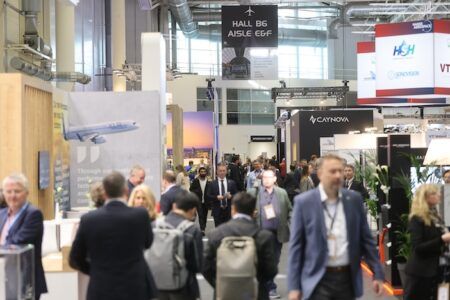In 2010 on the way home from a business trip to the United Arab Emirates, we had cause to stop and visit a friend of ours, Steve Johnson. Johnson was the former managing director of Pittards, a leather company based in Leeds, UK, who had recently moved to Abu Dhabi to run the Al Kaznah tannery. Al Kaznah was well known to us as it was founded by Sheik Zayed with a view to creating something from Arabian camels, an animal indigenousness to the UAE. The founders of the company had consulted the British Leather Confederation (BLC) for advice on the design and build of the tannery. As part of my training at the British School of Leather Technology (which was located next door to the BLC) and from working at Yarwood Leather (which is also based in Leeds), I knew Johnson, the BLC and Al Kaznah very well.
The brief from Sheik Zayed was to build a modern, state-of-the-art tannery that could process camel skins and make use of them in Arabian culture. We visited Johnson in the early stages of the tannery’s development as he was perfecting the tanning process and was looking for options to make best use of camel skins. After much conversation, we agreed to take a few tanned camel skins and process them to see how we could accentuate the nature of the animal’s hide. We sent the skins to our tannery in Italy and to our research and design facility. The camel skins presented two fundamental problems, the first of which was their size and shape. Camel skins have to be cut into sides, with the central part containing the hump discarded. The resulting sides are relatively small and create a rough oblong approximately 5-10 sq ft in size. The average cow hide is 50 sqft!
Right: Matthew Nicholls demonstrating a camel hide to Ed Balls, the UK’s Shadow Chancellor of the Exchequer
The second problem is that the texture of a camel is relatively coarse. The arid climate and harsh conditions that they live in mean that the texture and grain of the skin is quite open and coarse. They have quite open pores to ensure high levels of moisture transference, aka sweating. Camels sweat upto 50% more than other animals to avoid overheating.
We processed the learther slowly, trying to accentuate the natural grain pattern of the leather, but the texture was still far too coarse to make something a customer would find aesthetically pleasing. We continued to cover and correct the leather until it became malleable and compliant enough to have the right customer expectations, while importantly not removing the innate ‘camelness’ of the skin.
We were left with a product that was compliant and consistent, with a definite texture that one could only associate with a camel, but we were not sure if we had lost some camel-like qualities. We flew back to Abu Dhabi with the product in hand, all the while thinking we had balanced aesthetics with texture and character, but worrying that we had made it too regular. I remember sitting on the Etihad flight into Abu Dhabi with the leather in my briefcase, thinking about the markets it might be suitable for. My inflight movie had finished and the Etihad corporate logo was continually looping as I was thinking about the leather we had made. The Etihad loop featured a camel blending into the flag and as it kept repeating, the thought came to me that it might be perfect for aircraft leather. It would strongly identify with Arabian culture whilst the degree of processing we had completed would be consistent with aircraft grade leather.
We presented our findings to Johnson, and with his help, arranged a meeting with Etihad. We enlisted the help of our good friend, Andy Garrard from Sabeti Wain Aerospace to tailor the small size to a workable seat cover, and with Yarwood Leather’s flame-proofing technology, we qualified the product almost immediately.
The rest, as they say, is history. Etihad loved the product, which clearly helped them identify with their Arabian culture on so many levels. As the final part of the process, we assisted Al Kaznah in the transfer of the fire proofing and compliance leather technology, which enabled the Arabian circle to be completed. The end result was a truly Arabian product, made in the UAE with a little bit of help (and leather science) from their British friends.
We were proud to have been part of this programme and to continue the long history of British companies assisting our Arabian partners through technical innovation.




